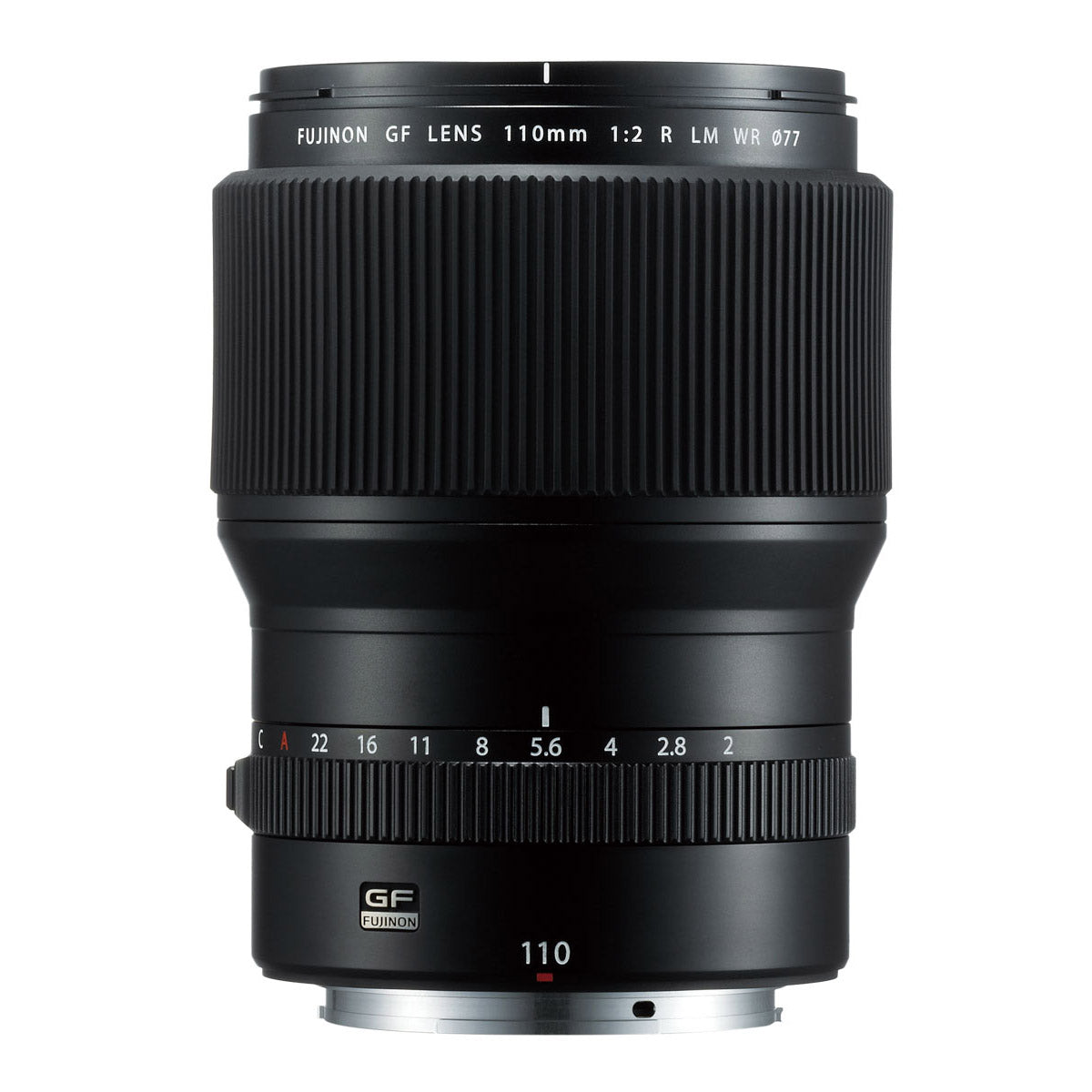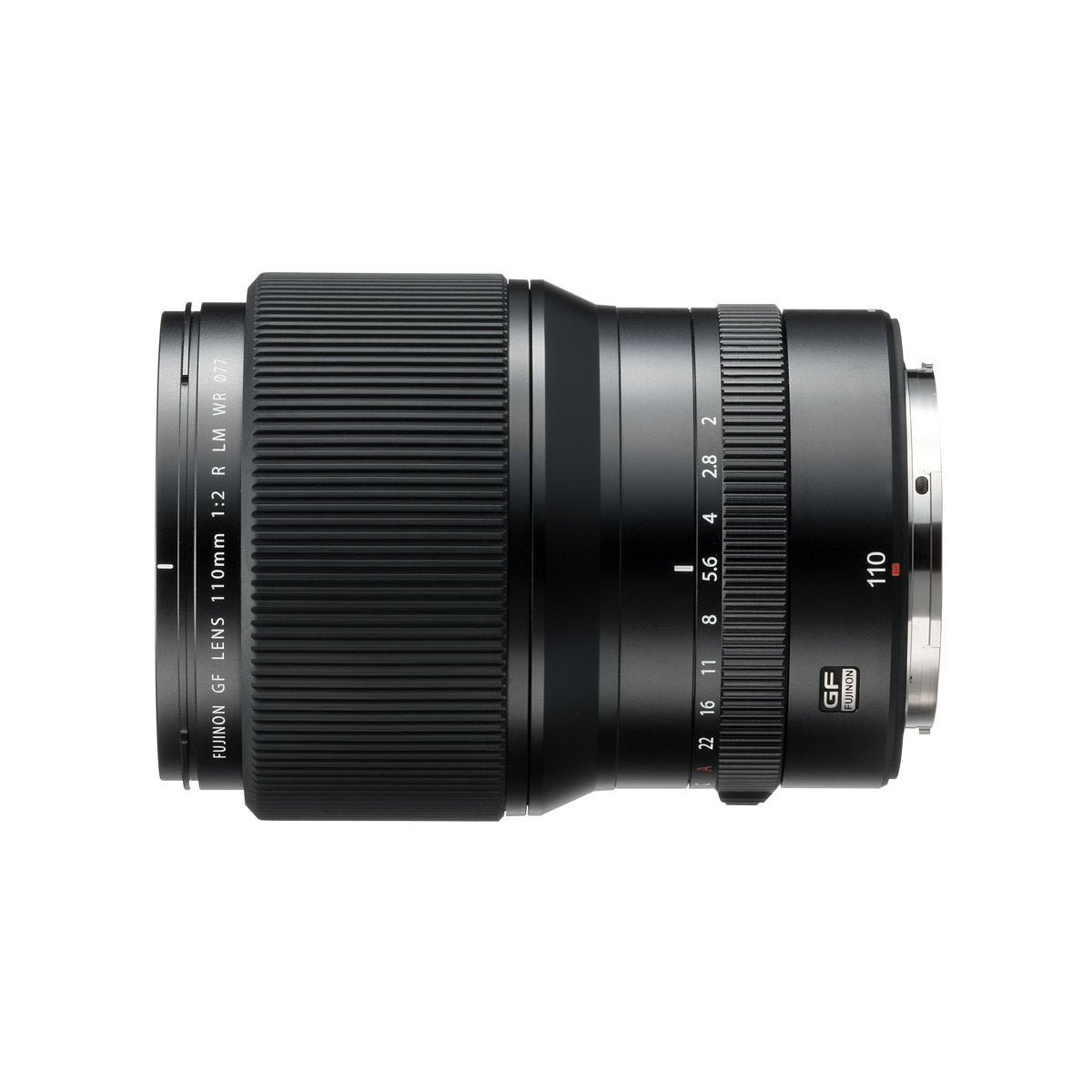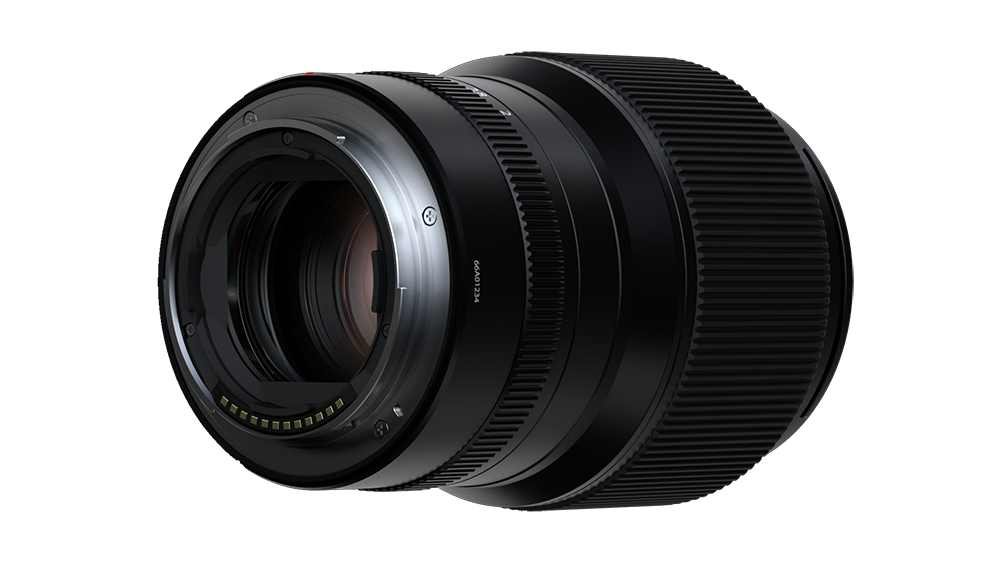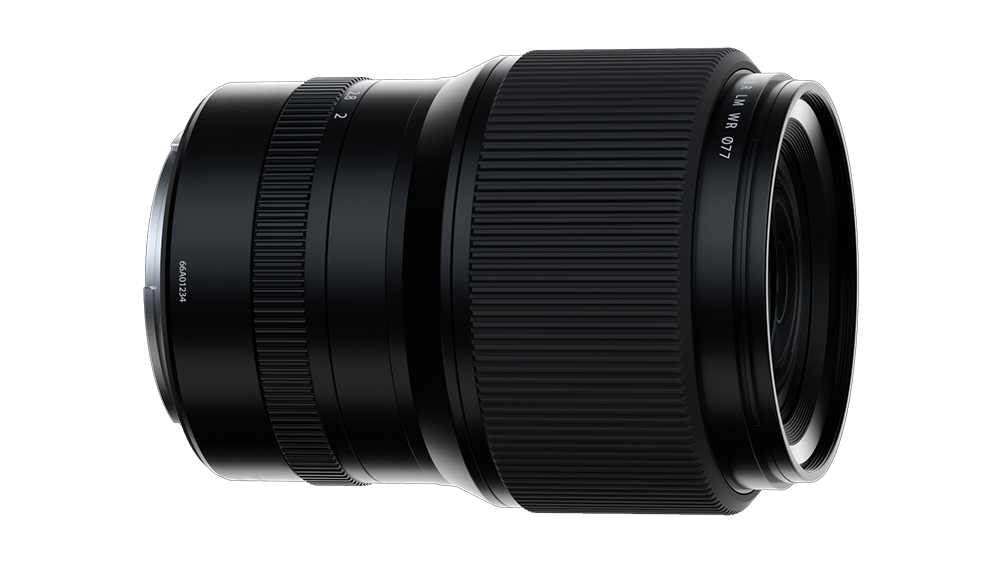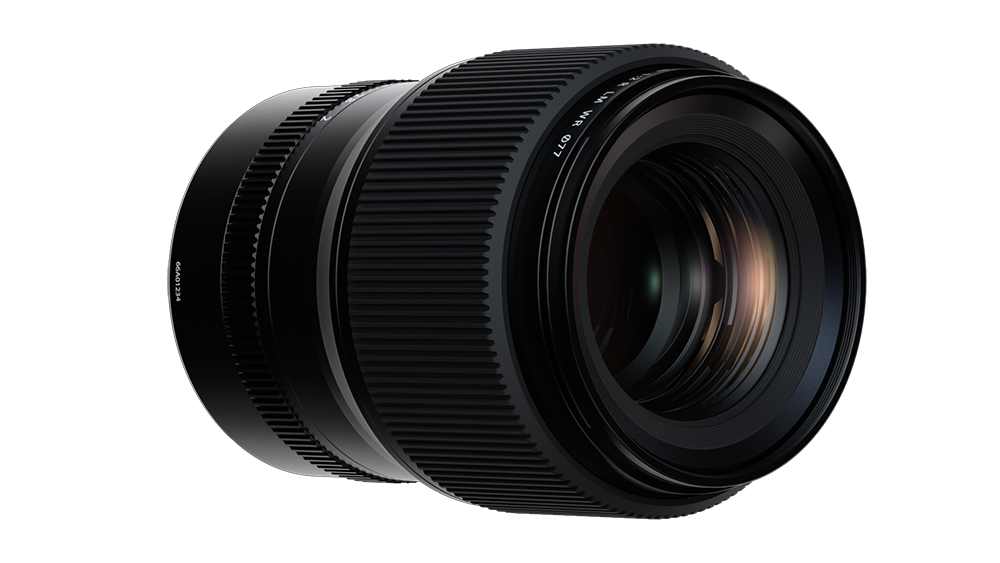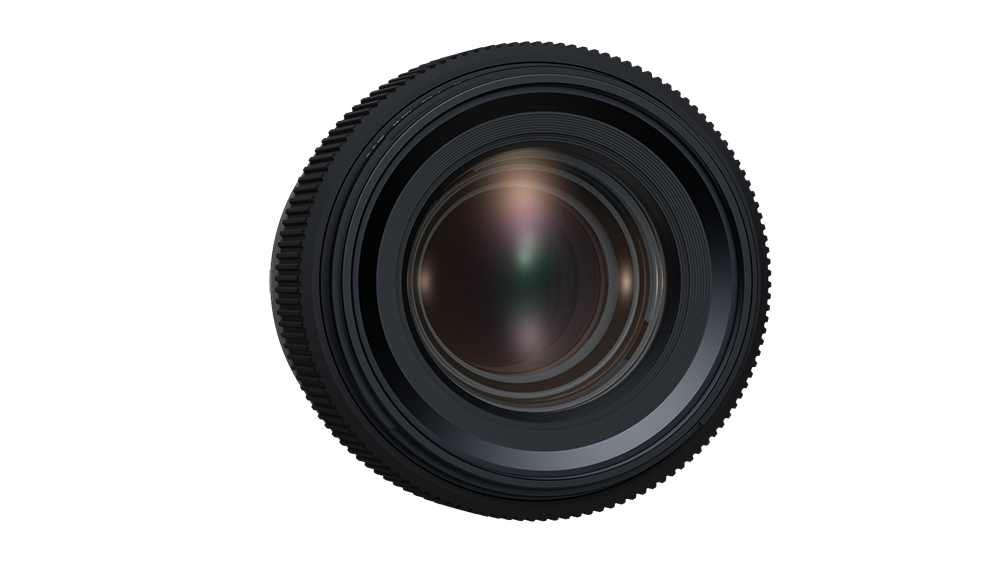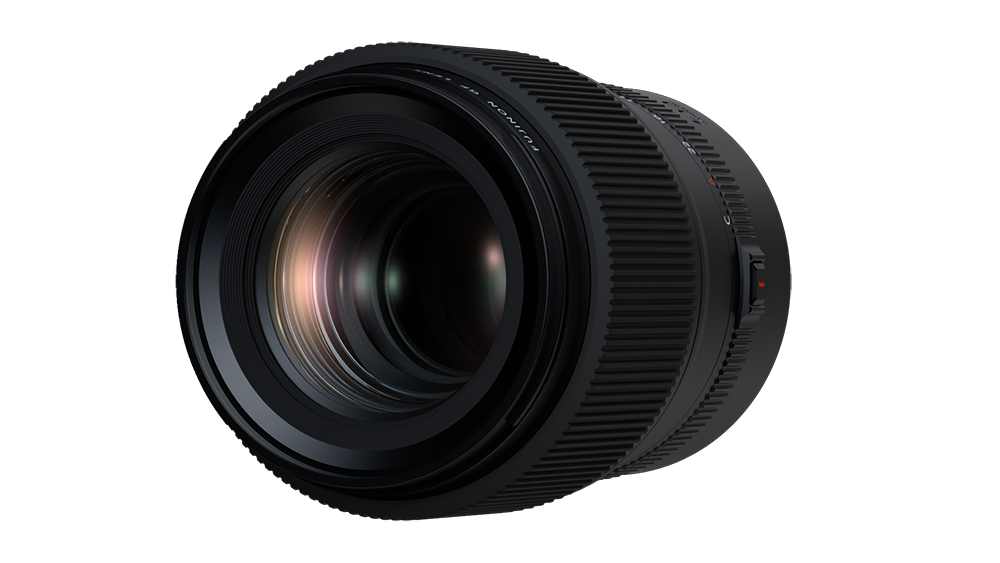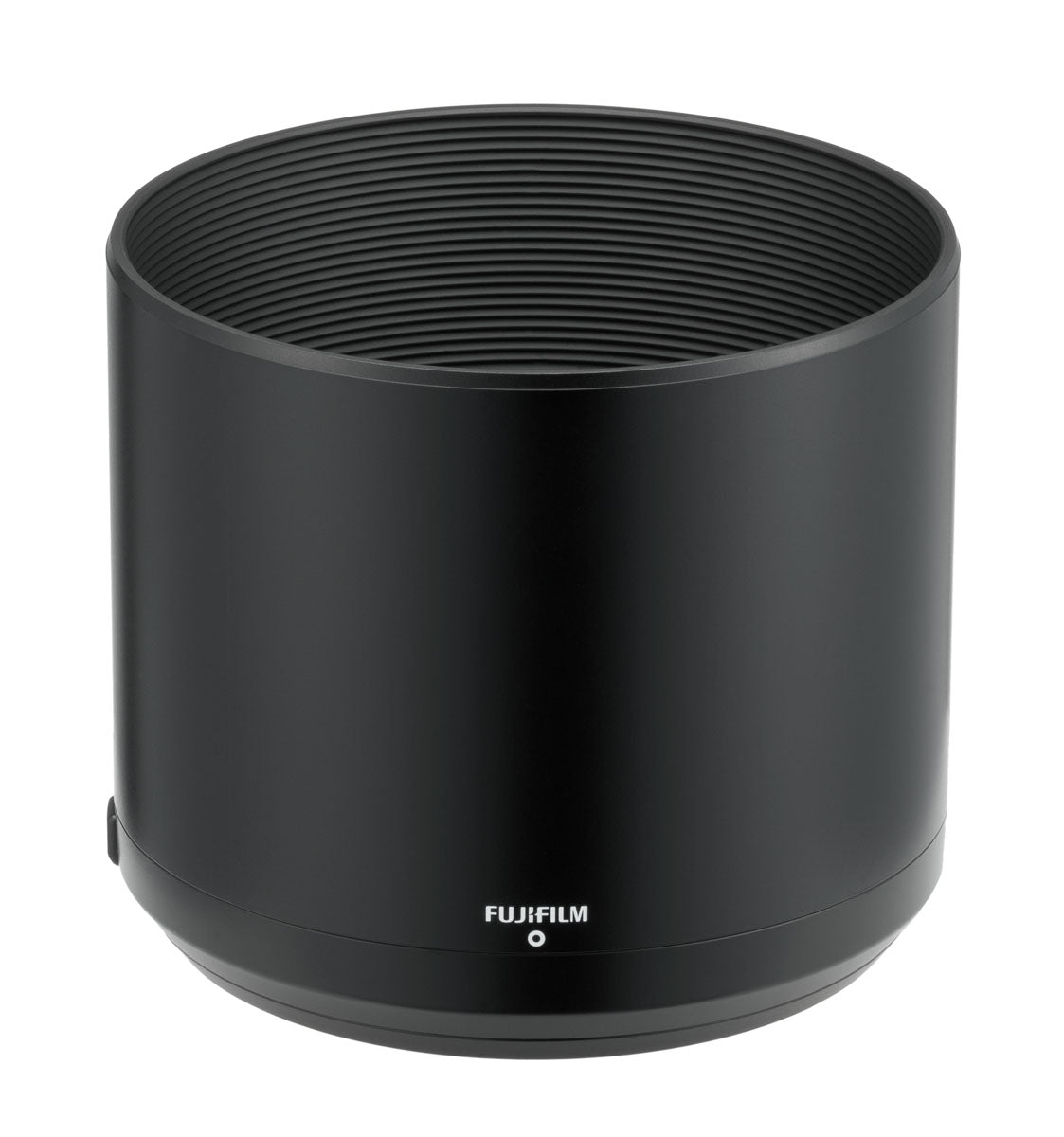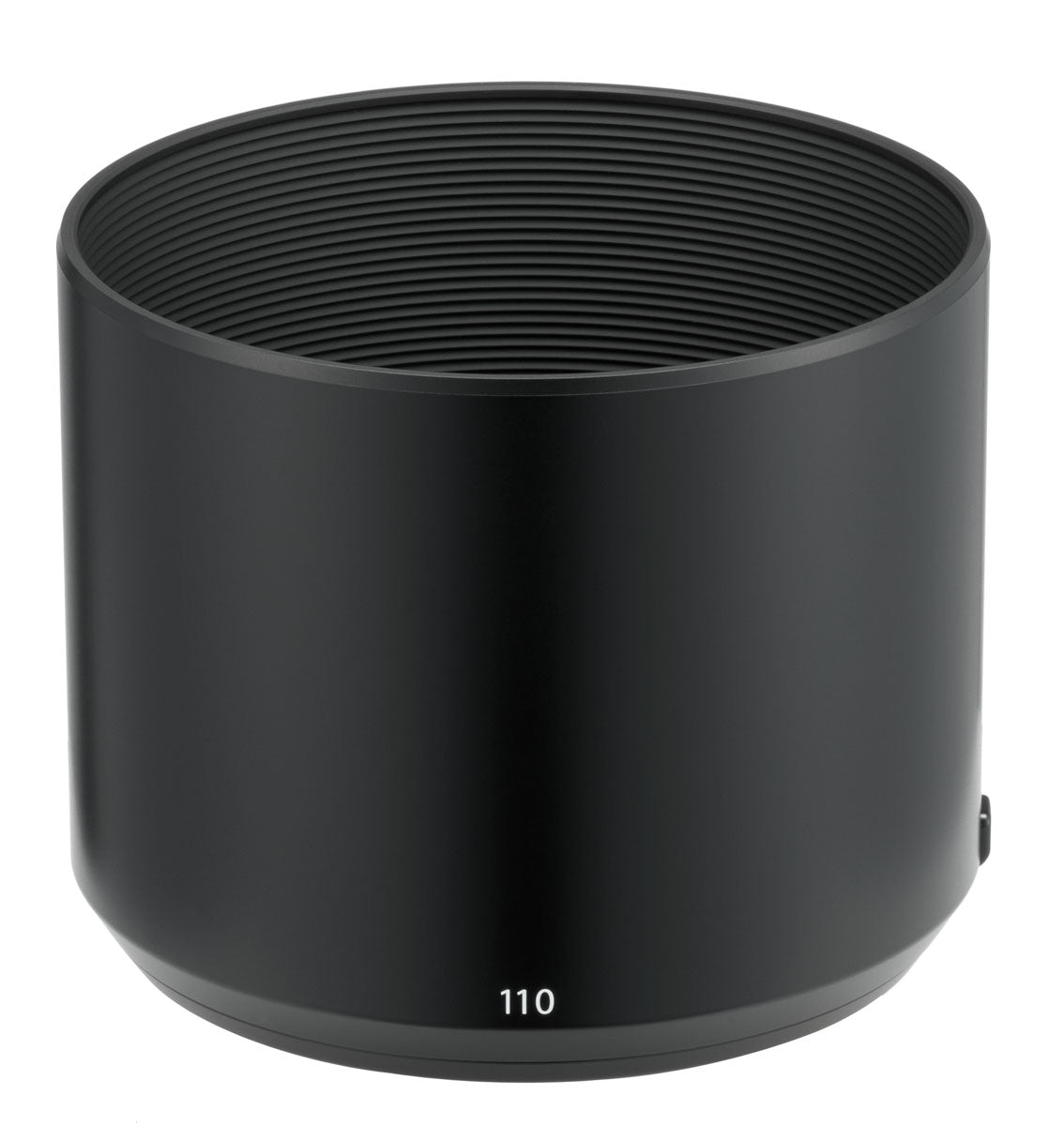Product Description
Fujifilm GF 110mm f2 R LM WR Lens
Elevate Portraiture with the GF 110mm F2 R LM WR
Unveiling the essence of portraiture goes beyond capturing mere images; it's about encapsulating emotions, narratives, and nuances that define human experiences. With the GF 110mm F2 R LM WR paired with a GFX system camera, this pursuit of perfection transcends conventional boundaries, offering a symbiotic blend of focal length, aperture, and sensor prowess that elevates portraits to unparalleled heights.

A Canvas of Infinite Possibilities
Beyond the realms of conventional portrait lenses lies the GF 110mm F2 R LM WR—an optical marvel that transcends genres to redefine visual storytelling. Its wide F2 aperture, coupled with a sensor 1.7 times larger than those found in standard full-frame cameras, imbues portraits with mesmerizing bokeh and unparalleled depth, breathing life into every frame.

Visionary Perspective, Unrivaled Detail
Harnessing the compression effect of its 110mm focal length on a large sensor, the GF 110mm F2 R LM WR bestows portraits with a mid-telephoto range equivalent to 87mm on a 35mm format. This unique perspective orchestrates a harmonious interplay of foreground and background, accentuating every detail with sublime tonality, culminating in images that resonate with extraordinary depth and clarity.

Precision Craftsmanship, Uncompromising Quality
Crafted with precision, the GF 110mm F2 R LM WR integrates four ED lens elements to meticulously control and minimize aberrations, ensuring that each pixel is imbued with breathtaking detail and sublime colour accuracy. Its optical architecture, comprising 14 spherical lens elements in 9 groups, meticulously directs light to the sensor, yielding images devoid of patterns or aberrations in highlights and out-of-focus areas.

Unrivalled Autofocus Performance
Experience the pinnacle of autofocus performance with the GF 110mm F2 R LM WR and GFX system cameras. Harnessing cutting-edge technology, this lens delivers swift and precise autofocus capabilities previously unheard of in medium and large format systems, enabling photographers to seize fleeting moments with unrivalled accuracy and finesse.

Weather-Sealed Resilience
Embrace the elements without compromise. Like its GF counterparts, the GF 110mm F2 R LM WR stands resilient against rain, snow, or dust, boasting weather-sealed construction that empowers photographers to pursue creativity regardless of environmental conditions.
- Wide Aperture: The F2 aperture creates captivating bokeh and facilitates stunning depth-of-field effects, ideal for portrait photography.
- Large Sensor Compatibility: Designed for use with GFX system cameras, leveraging the advantages of a sensor 1.7 times larger than full-frame sensors.
- Precise Optical Construction: Four ED lens elements and 14 spherical lens elements ensure minimal aberrations and exceptional image quality.
- Advanced Autofocus: Delivers fast and precise autofocus performance, enhancing shooting efficiency and accuracy.
- Weather-Sealed Design: Withstands adverse weather conditions, allowing photographers to shoot with confidence in any environment.
- Versatile Focal Length: The 110mm focal length (equivalent to 87mm in 35mm format) offers versatility for various genres beyond portraits.
- Exceptional Image Quality: Renders images with unparalleled detail, clarity, and colour accuracy, setting a new standard for large format lenses.
| Type | FUJINON GF 110mm F2 R LM WR | |
| Lens configuration | 14 elements 9 groups (includes 4 ED elements) | |
| Focal length | f=110mm (87mm in 35mm format equivalent) | |
| Angle of view | 27.9° | |
| Max. aperture | F2 | |
| Min. aperture | F22 | |
| Aperture control | Number of blades: 9 (rounded diaphragm opening) | |
| Step size: 1/3EV(22 steps) | ||
| Focus range | 0.9m - ∞ | |
| Max. magnification | 0.16x | |
| External dimensions : Diameter x Length (approx.) | ø94.3mm×125.5mm | |
| Weight (approx.) | 1,010g | |
| Filter size | ø77mm | |
| Accessories included | Lens cap FLCP-77 Lens rear cap RLCP-002 Lens hood Lens pouch |
|

